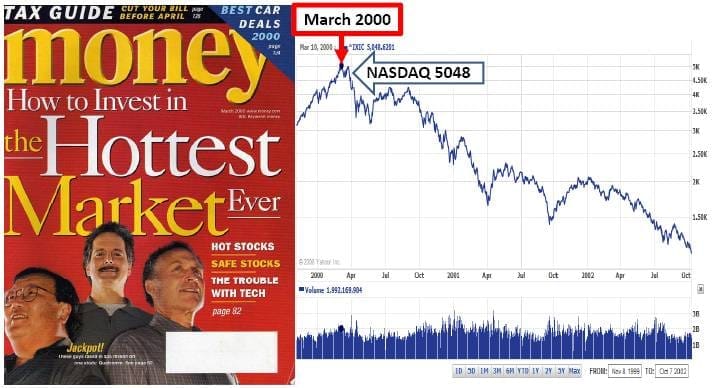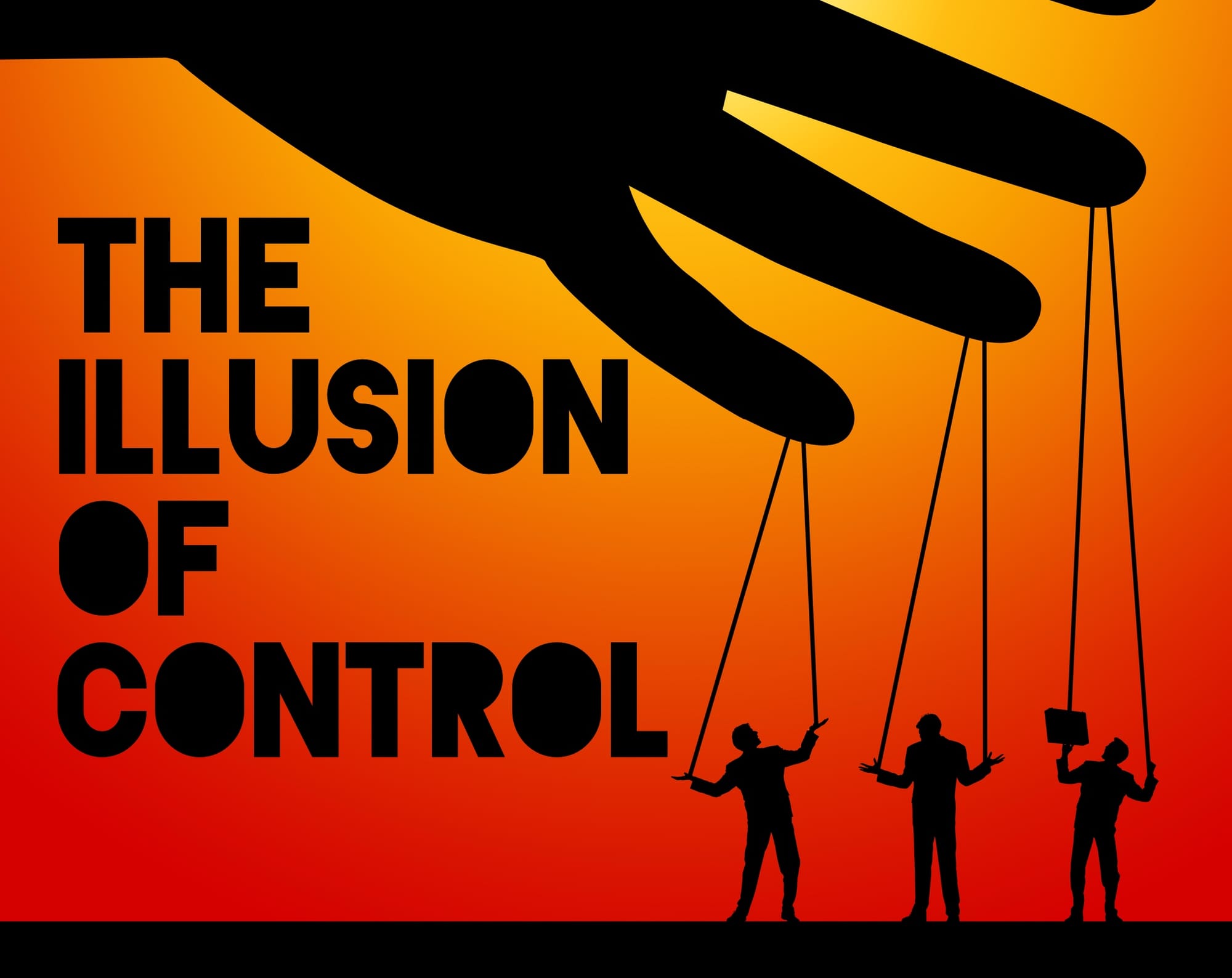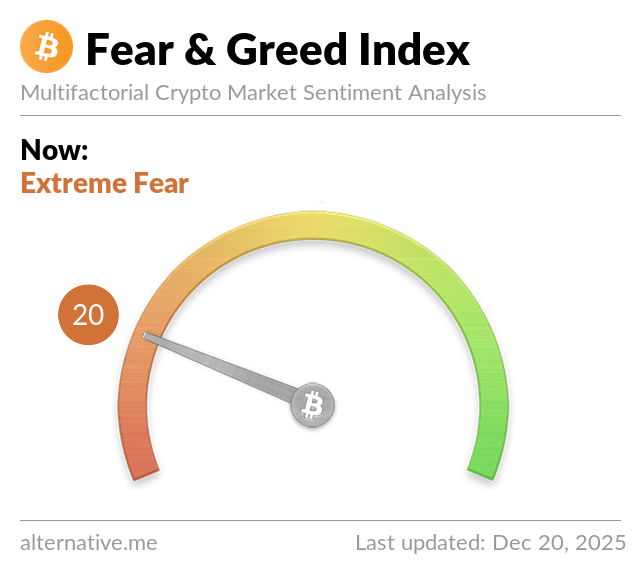Mastering Crypto Profit-Taking in a bull market: A Psychological approach
Bitcoin and the US markets explode! ? Don't get carried away by the euphoria! Analyze your risk profile and familiarize yourself with the psychology of investing, particularly cognitive biases. Take control of your investments and consolidate your gains now!

TL;DR : Don't let the euphoria overwhelm you! This guide will help you to define your investment goals, to explore the psychological pitfalls to avoid and the strategies to adopt to take profits intelligently during a crypto bull run.
Key takeaways:
- Be fearful when others are greedy, and greedy when others are fearful.
- Don't fall in love with any single crypto project.
- Take profits when you have the opportunity.
- Learn from the past and adapt your strategy.
Crypto Profit-Taking Strategies During a Bull Run
The US stock market and Bitcoin are hitting all-time highs! This makes it the perfect time to discuss strategies for taking profits in crypto during this bull run.
Let's be real: there's no one-size-fits-all solution. Every investor needs to tailor their strategy to their own goals and risk tolerance. But don't worry! I'm going to equip you with a range of tools and methods to help you maximize your profits.
Before we dive in, it's crucial to define your investment goals, your time horizon, and your profit-taking strategy. Analyze your risk profile and get familiar with the psychology of investing, especially cognitive biases. Knowing your strengths and weaknesses is the first step to turning them into advantages.
Next, you'll want to combine different profit-taking methods, such as:
- Financial market cycle analysis
- Crowd psychology
- Technical analysis
- Sentiment analysis
- Macro and on-chain chart analysis
In this article we'll dive in your investment goals and market psychology in order to avoid psychological biases. So please subscribe if you want to learn more.
Setting Clear Investment Goals and Plans
In the world of investing, having clear goals and a well-defined investment plan is paramount to success. It's like setting off on a journey with a map and a compass, guiding your decisions and keeping you on track. In this article, we'll only talk about long-term investing.
"Beginners focus on analysis, but professionals operate in a three dimensional space. They are aware of trading psychology, their own feelings, and the mass psychology of the markets", Dr Alexander Elder.
Defining Your Goals:
Before diving into the markets, it's crucial to identify what you hope to achieve. What level of risk are you comfortable with? Your (SMART) goals should be:
- Specific: Instead of "make money," aim for a specific percentage return or a target amount. It's important in order to not be too greedy when time will come.
- Measurable: Track your progress and evaluate your performance against your goals. Personally, I use Stonk Journal as an investment and trading journal.
- Achievable: Set realistic goals based on your experience, resources, and market conditions.
- Relevant: Align your goals with your overall financial objectives and risk tolerance.
- Time-bound: Establish a time frame for achieving your goals, whether it's weeks, months, or years.
Benefits of an Investment Plan:
- Provides clarity and focus: Keeps you disciplined and prevents emotional decision-making like FOMO. I'll develop about FOMO here because it's essential nowadays as euphoria strengthen.
FOMO (Fear of Missing Out)
FOMO (Fear Of Missing Out) is the feeling of urgency to buy an asset because you think its price is going up and you'll miss out on profits. This often leads to impulsive decisions, buying high and potentially selling low, driven by emotion rather than rational analysis.
Review and Adapt:
Your goals and trading plan are not set in stone. Regularly review and adapt them based on your progress, changing market conditions, and personal circumstances.
By setting clear goals and adhering to a well-defined trading plan, you can navigate the markets with confidence and increase your chances of achieving your financial objectives.
Mastering Market Psychology & Avoiding Cognitive Bias
Personally, I find Jim Cramer entertaining, perhaps for the meme aspect. However, I believe most financial shows should be taken with a grain of salt, just like any advice from friends, "insiders," or investment analysts.
In this section, we'll explore crowd psychology and individual psychology, both crucial aspects of successful investing. Here's a breakdown of biases to watch out for, especially when markets overheat:
Overconfidence bias and how to prevent it :
Large, rapid gains can lead to an overestimation of one's own ability to analyse and predict the market, which can lead to excessive risk-taking and neglect of risk management.
- Recognise that you can't plan for everything.
- Set yourself realistic objectives.
- Use risk analysis and management tools.
- Don't hesitate to ask the experts for advice.

Optimism bias and how to prevent it:
The prevailing euphoria may lead investors to overestimate the probability of future gains and underestimate the risk of a market downturn.
- Be realistic about the risks and opportunities.
- Develop pessimistic scenarios.
- Don't get carried away by the euphoria.

Comfirmation bias and how to prevent it :
When markets are overheated, optimism reigns and investors tend to seek out and interpret only information that confirms their bullish expectations, ignoring negative signals or data to the contrary.
- Actively seek out contradictory information and opinions.
- Question your own assumptions and beliefs.
- Be open to criticism and different points of view.
- Diversify your sources of information.
Aswath Damodaran wisely said, "You don't need to use seven indicators if you only need three." The more indicators you add, the more potential biases you introduce. By the way, I've made an introduction to biases from Aswath Damodaran point of views, check it below!

So, even if all indicators aren't flashing red, consider taking profits strategically. Analyst opinions on TV shows, for example, can be more useful as a contrarian indicator.
Crowd Psychology
Crowd psychology studies how people behave differently in groups. Here's a key bias to understand when markets overheat:
Herd bias and how to prevent it :
Social pressure and the fear of missing an opportunity (FOMO) can lead people to blindly follow the majority, without carrying out their own critical analysis.
- Do your own research and analysis (DYOR).
- Don't blindly follow the crowd.
- Be wary of popular opinion and trends.

Contrarian approach
Contrarian indicators suggest going against the crowd. When most investors are overly optimistic or pessimistic, it can signal a market turning point. Contrarians buy when others are fearful and sell when others are greedy.
Remember that the crowd is usually right except at extremes.
As a sneak peak, here's the perfect example of why it's wise to follow the crowds except at extremes and why contrarian investing works.

It would also be wise to take a large part of your profits when the following occur:
Sell EVERYTHING when:
— Mello (@mellometrics) November 18, 2024
- Coinbase is #1 on the app store
- You see crypto news on instagram
- Random tiktokers are trading memecoins
- Everyone around you is speaking about crypto (in grocery stores, at the gym, etc.)
- People are texting you for advice
- Everyone is making money…
"Be fearful when others are greedy and be greedy only when others are fearful.", Warren Buffett
Why do financial analysts issue more buy than sell recommendations :
As Professor Aswath Damodaran said in his Little Book of Valuation, Jim Cramer has some pressure on his shoulders just like any other analyst :
- Beware of analysts: they can be biased because :
- if they don't go with the general trend and they're wrong, they'll be blamed by the crowd just as they'll be blamed by their employers.
- they have to maintain good relations with the companies they work for.

And yes, some people really create an inverse Cramer ETF! 😄

Mastering Your Emotions: Individual Psychology for Smart Investing
- Discipline: Follow your trading plan and don't let your emotions (fear or greed) influence your decisions.
- Patience: Don't be too eager to take profits. Let your winning positions run as long as the trend is bullish. However if you have the opportunity to change your life, I would advise you to sell.
- Acceptance of losses: Accepting losses is essential to investing. Even though it hurts—studies suggest losses can feel three times more painful than gains feel good—it's a necessary part of the process.
Here are 7 common psychological biases that can affect investors, especially when markets are hot:
Anchoring bias and how to prevent it :
Investors can become anchored to recent high prices, preventing them from making rational decisions when the market shows signs of weakness.
- Don't fixate on an arbitrary point of reference.
- Consider the information as a whole.
- Be flexible and adapt your strategy if necessary.

Recentism bias and how to prevent it:
The emphasis on recent exceptional performance can mask long-term risks and fundamentals.
- Look at long-term history.
- Don't be swayed by short-term fluctuations.
- Analyse fundamentals and structural trends.

Illusion of control bias and how to prevent it:
In a bull market, investors may have the illusion of being in control of the situation and of being able to anticipate market movements perfectly.
- Recognise that markets are unpredictable.
- Accept that you cannot control everything.
- Focus on what you can control: your strategy, your risk management, your emotions.

"The stock market is a device for transferring money from the impatient to the patient.", Warren Buffett.
Understanding your strengths and weaknesses as an investor is crucial. Greed, for example, can be a powerful motivator, but it can also lead to excessive risk-taking.


I highly recommend Dr Van Tharp's books as well as Dr Elder's books especially "The New Trading for a Living" (affiliated links).


Links are affiliated links, so if you buy from my links you won't pay more than otherwise, I'll just earn a commission on the sell. Also, if you like my work and want to support my work, you can buy me a coffee. Thank you!
Using Sentiment Analysis to Time Your Crypto Exits
While Bitcoin's price is currently high, it might be too early to take profits. However, once retail investors start entering the crypto market, it's wise to consider gradually taking profits.
Here are some signs that retail investors are entering the market:
- Increased Google search volume for "Bitcoin" or "Crypto"
- Rising rankings of crypto trading apps on the App Store
Bitcoin Google Trends Overlay by HenriqueCentieiro on TradingView.com

When retail investors flood in, a correction often follows as whales and market makers trigger panic selling. However, this is usually followed by a new all-time high (ATH).
Keep an eye on the Fear & Greed Index. When it reaches 90, it's a good time to start taking profits. However, it's best to use multiple indicators for a more comprehensive view. The CBBI Index, which combines several indicators like the MVRV-Z score, Fear & Greed Index, and NUPL, can provide a more accurate picture.

Why is it easier to buy the fear than to sell the greed?
It's easier to buy when others are fearful because loss aversion makes selling winners hard. Greed makes us hold on too long, even when prices are irrationally high. Buying the fear requires a contrarian mindset, but can lead to buying low and selling high.
To gauge market sentiment, use tools like LunarCrush. This social listening platform analyzes online discussions to reveal how people feel about different cryptocurrencies, identifies influencers, and helps spot emerging trends.
As final words, yes it looks like an ad but I'm running another blog with called Yuppie Calls where I share stocks, cryptos and derivatives calls, there I've shared a call that you'll probably not regret to follow 👀 as I'm aiming for a X100.
Your opinion really matters! So if there is any subject you'd like to see here and receive in your mailbox, don't hesitate to reach me from my contact page! I'd be glad to reply and it would be my pleasure if I can help you in your investing.
And more! so please subscribe and share if you found this article useful, it means a lot for me!
TL;DR: Keep a cool head during the price boom! Define clear investment objectives, learn to manage your emotions (fear and greed) and avoid cognitive biases (such as blindly following the crowd).
Key points:
- Be fearful when others are greedy, and greedy when others are fearful.
- Don't fall in love with a single crypto projects
- Take profits when you can.
- Learn from the past and adapt your strategy.
- Use tools like the Fear & Greed Index and LunarCrush to analyse market sentiment.









Comments ()